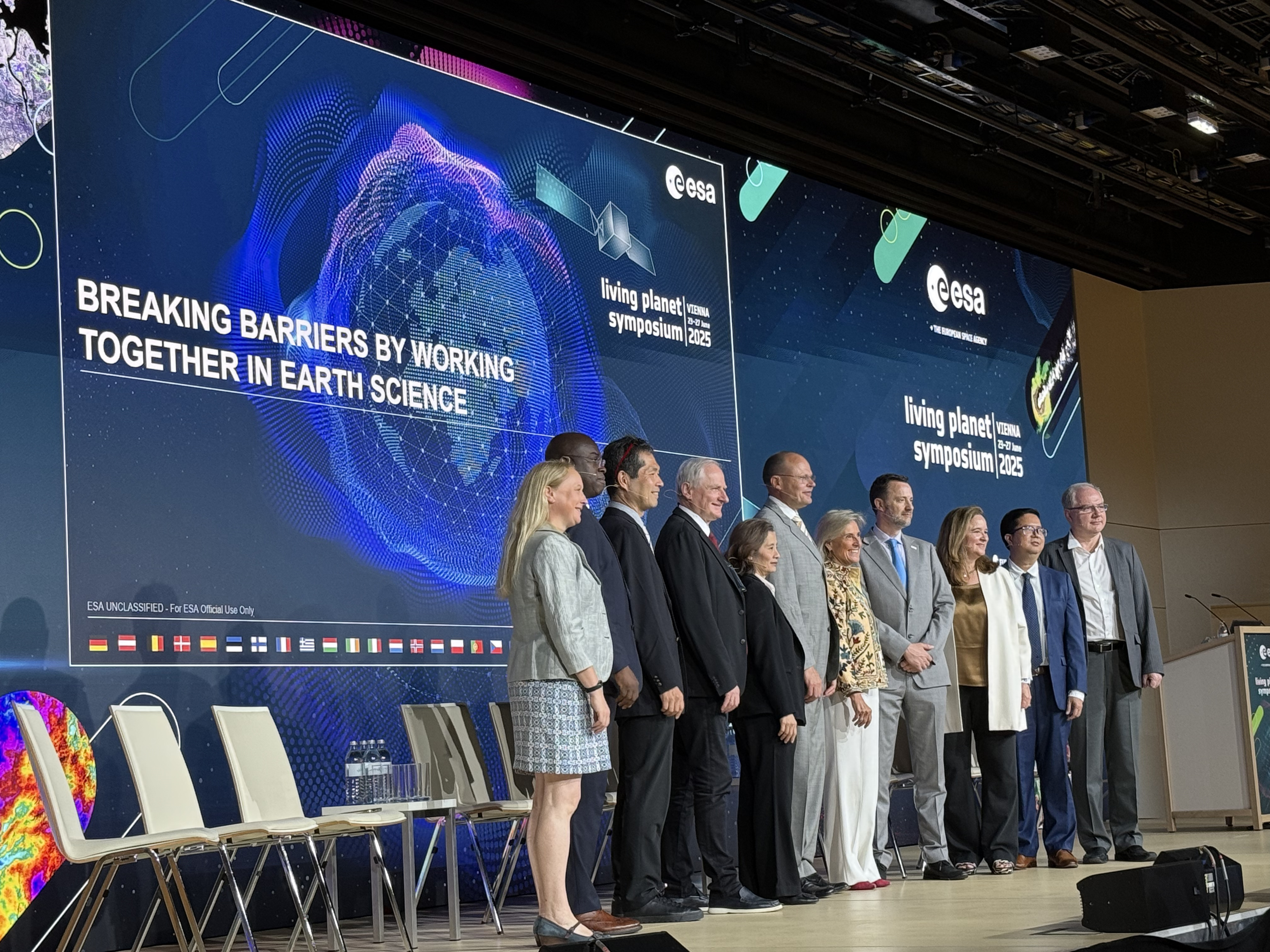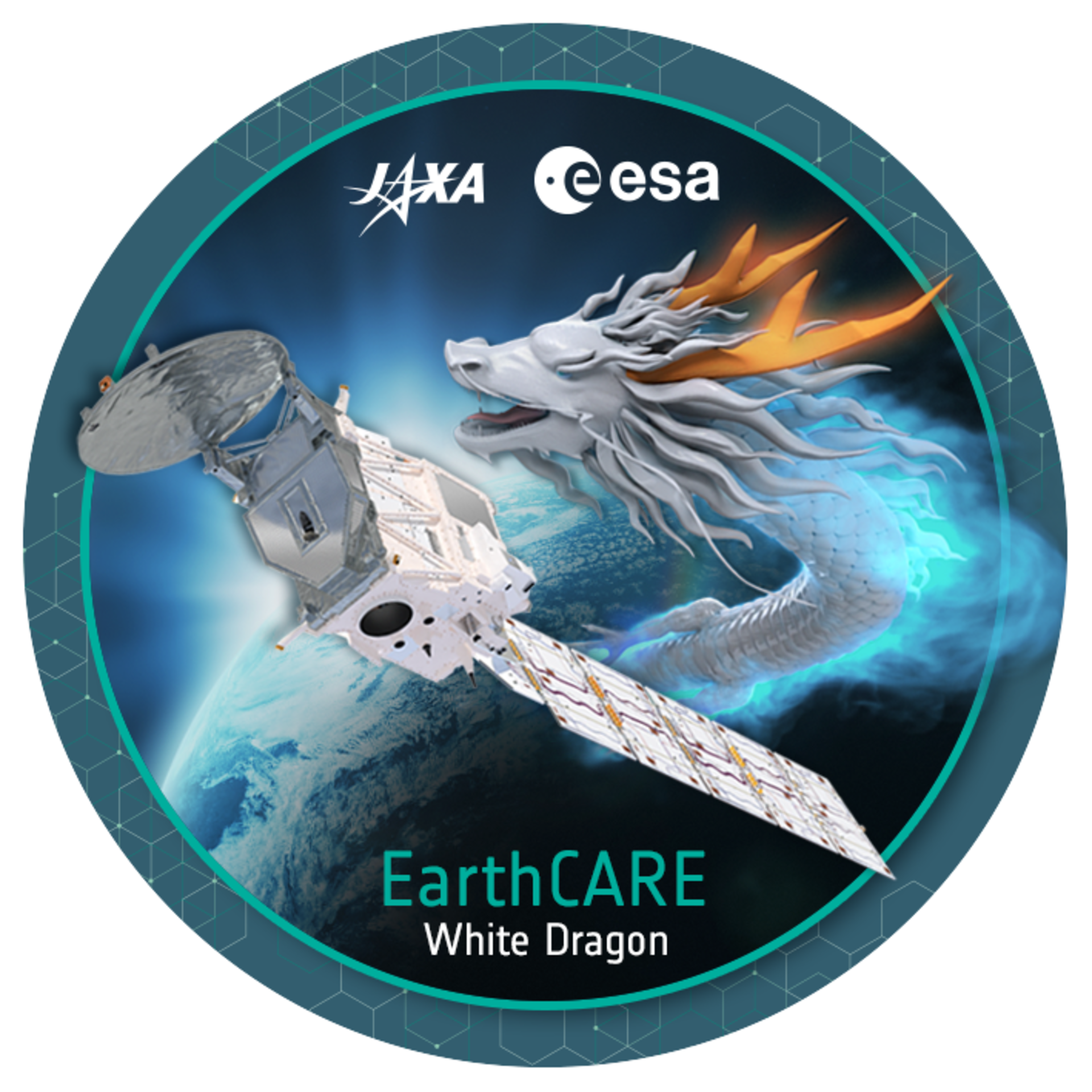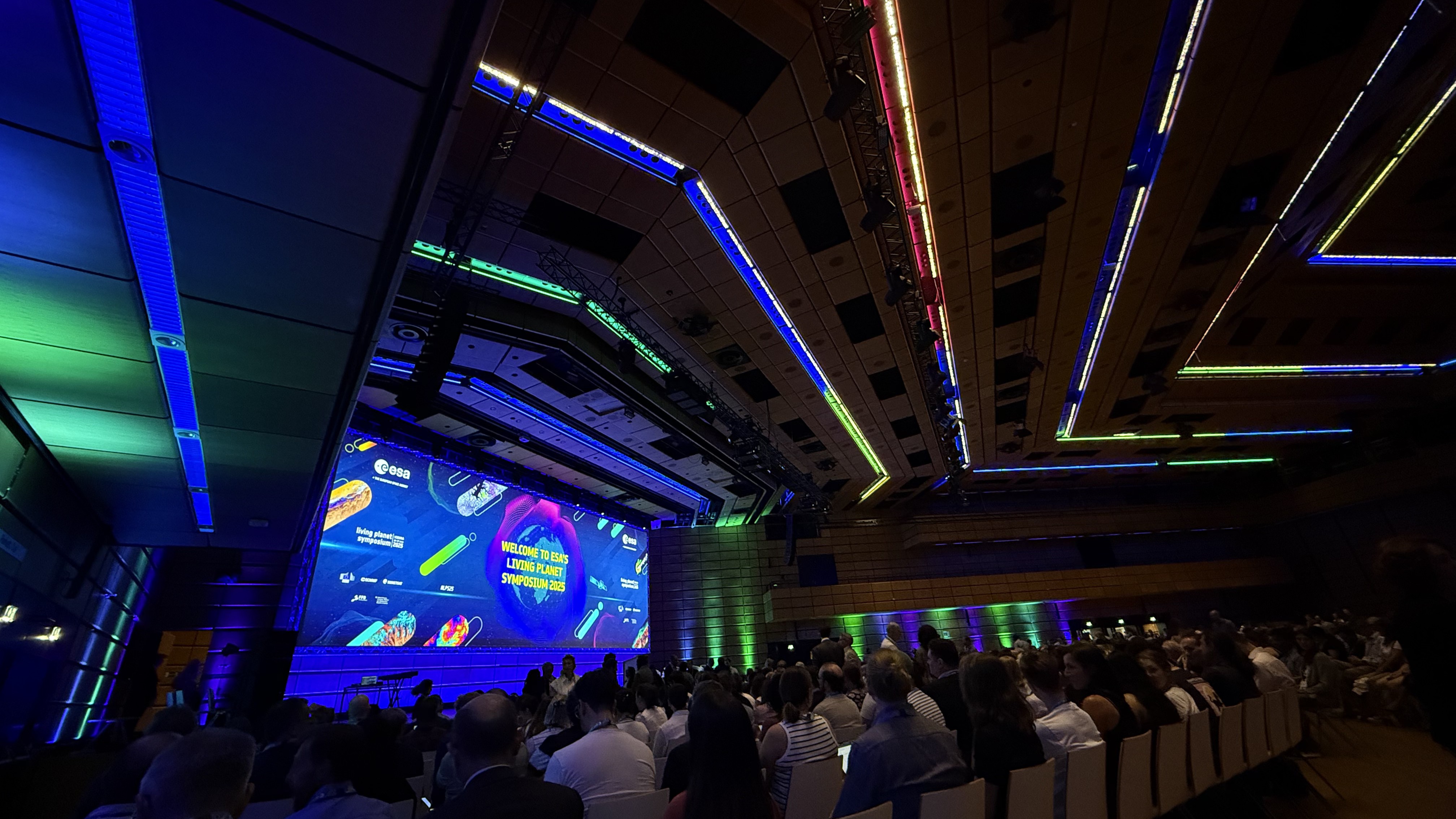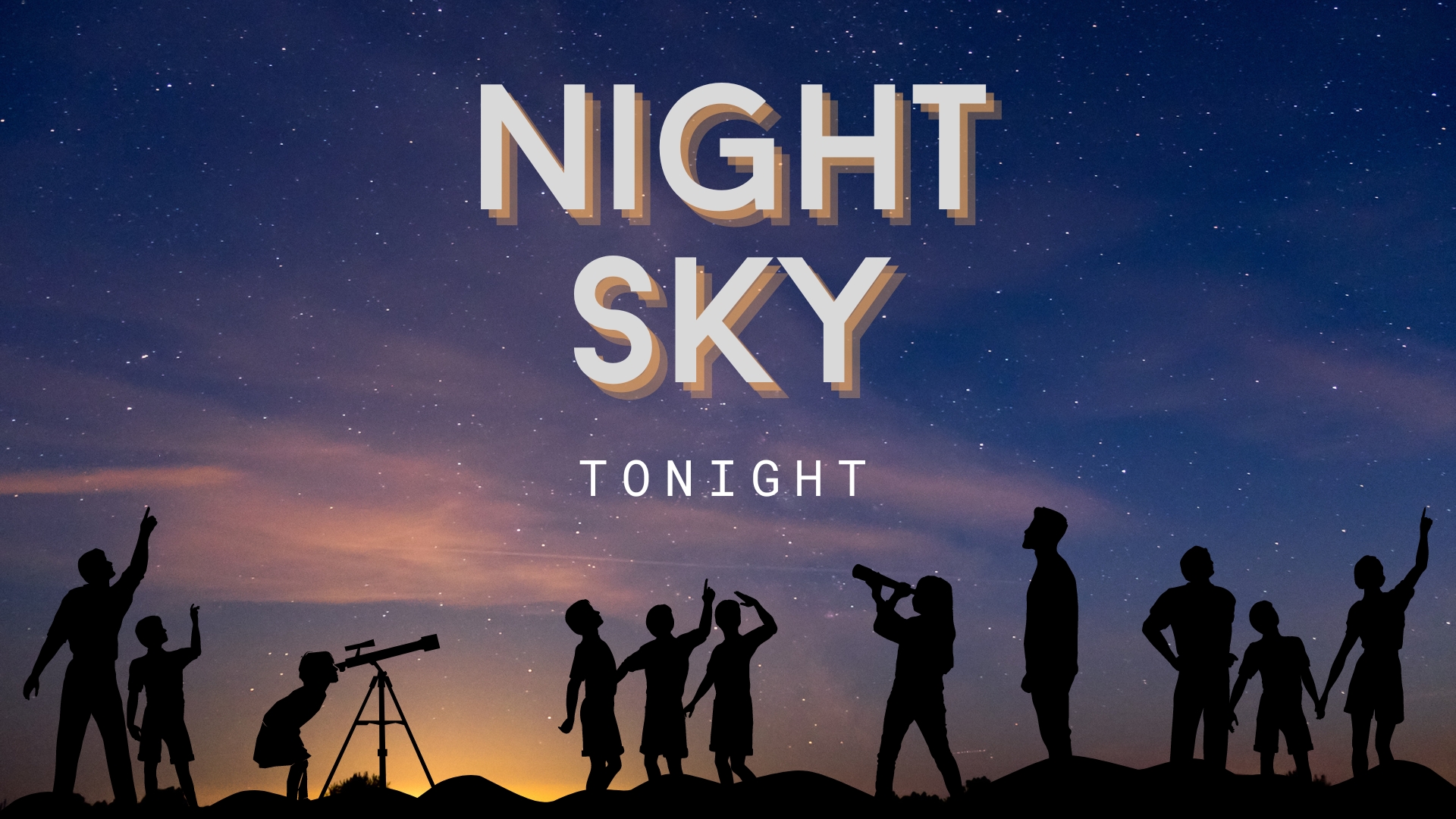Collaboration or collapse: Why Earth observation must be a global mission
Satellites don't stop at borders and neither should science.
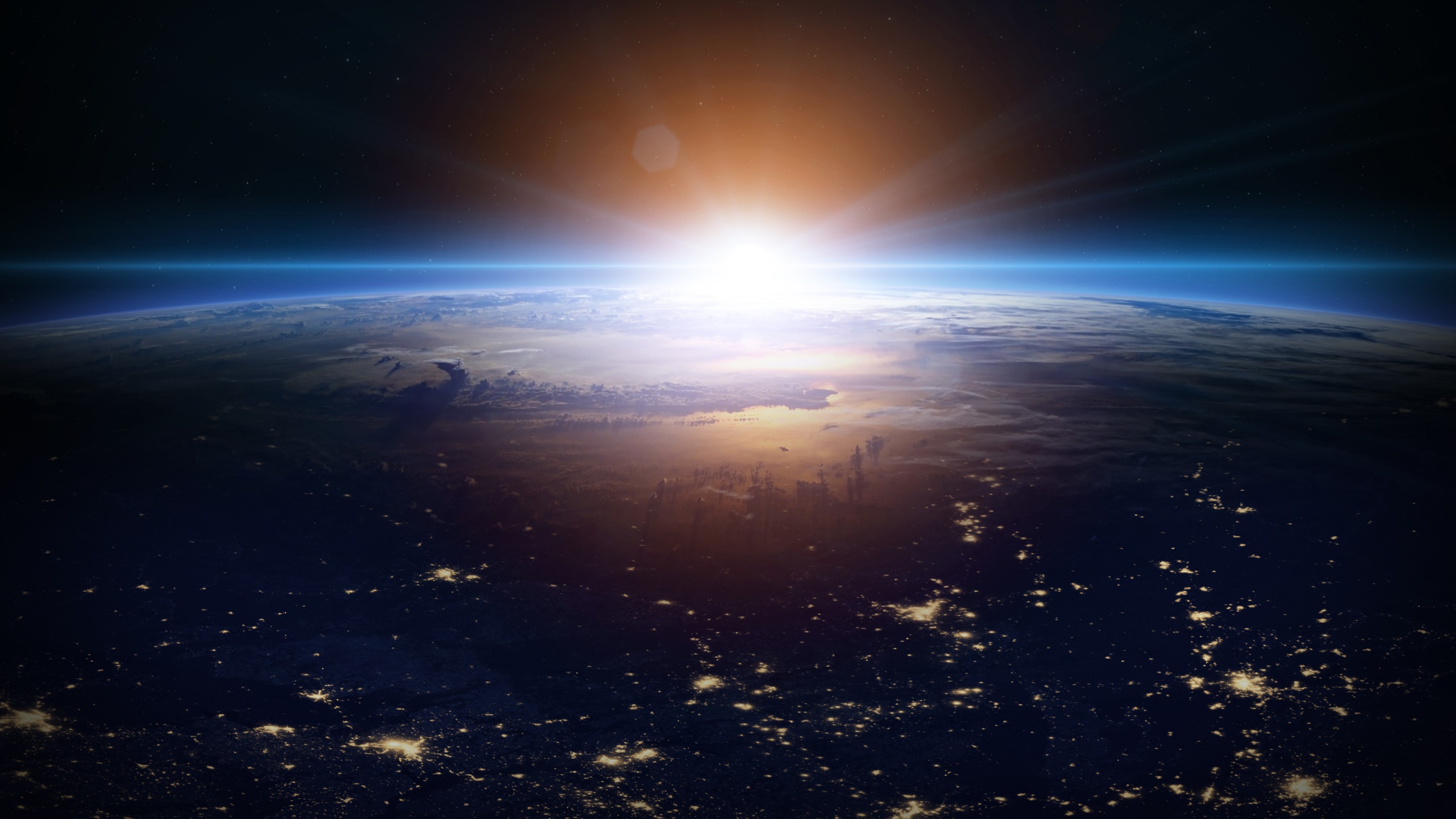
Around the world, international borders are hardening. Nations are competing for resources, technology and even orbits. But in Vienna this June, a different vision took center stage. One where space is shared, data is open and no satellite orbits Earth on its own.
At the European Space Agency's (ESA) Living Planet Symposium 2025, the "Breaking Barriers" plenary presentation delivered the powerful message that international collaboration isn't just idealism, it's infrastructure. Without it, Earth science, climate resilience and disaster response as we know them would fall apart.
"International collaboration is in the DNA of what we do in Earth observation at ESA, but it's also really in the DNA of what Earth observation is," said Simonetta Cheli, ESA's Director of Earth Observation Programmes.
Working together from orbit
The "Breaking Barriers" plenary gathered leaders from space agencies across Europe, Africa, Asia, and the Americas, along with voices from the United Nations and international science bodies Many of them, like NASA's Karen St. Germain and JAXA's Hironori Maejima, reflected on decades of joint missions that have dramatically expanded our understanding of Earth systems, from oceans and forests to greenhouse gases and glaciers.
"At JAXA, international cooperation is very essential," said Hironori Maejima, Senior Chief Officer of Earth Observation missions at JAXA. "As we develop large scale or small scale missions, each of the missions requires international cooperation".
Others, like Kandasri Limpakom of Thailand's space agency GISTDA and Ariel Blanco from the Philippines Space Agency emphasized how critical partnerships have been in developing regional capacity and local expertise.
"It's very important that we have help from many partnerships to enhance our capacity in developing space technology and informative technology to address the challenges that we have in our nation," said Kandasari Limpakom, Deputy Executive Director, Geo-Informatics and Space Technology Development Agency (GISTDA), Thailand.
Breaking space news, the latest updates on rocket launches, skywatching events and more!
"We have to derive protection from space observation in terms of disaster risk, industrial management, in terms of monitoring of our environment. And we have to learn a lot from the different experiences and knowledge and expertise of different organizations," said Blanco, Director of Space Information Infrastructure Bureau, PhilSA. "For the space agency, we focus on communities, so [that means] bringing the benefits of space observation to the level of villages, communities and even individuals."
For emerging space nations, collaboration isn't just about science; it's about sovereignty, safety, and securing a seat at the global table.
"Space, by its nature, requires collaboration, because no one, no institution, no country, can afford all these principles," said Tidiane Ouettara, President of the African Space Agency.
ESA's Cheli pointed out that cooperation has matured from simply sharing data to building joint missions from the ground up. Joint European projects like EarthCARE with JAXA or Sentinel-6 with NASA showcase how pooling expertise multiplies impact.
"These are all examples of the success story of our international collaboration. But I think we really need to enhance it," said Cheli. "We need to make sure that the data sets are available to everybody, the free and open data policy of missions had helped a lot to enhance this collaboration and even to have the exploitation of the data sets by countries who haven't invested initially into the system but who are really benefiting and who have worked on the application".
A golden age (but only if we work together)
NASA's Karen St. Germain called this moment a "golden age" for Earth science, powered by a wave of new satellite missions and unprecedented data access. But that success was built over decades, and it depends on trust.
"We find ourselves in this golden age because of these strategic partnerships that have sustained over decades and the institutions that are joining along the way," said Karen St. Germain, Earth Science Division Director, NASA.
St. Germain acknowledges that these partnerships are crucial to both getting us to a "golden age" of Earth science but also in sustaining us through difficult times.
"Strategic partnerships, they get us to the golden age, and they also sustain us through the challenges," St. Germain said. "We've had many of those over the decades in the past, and we'll continue to have challenges and overcome them as we look into the future.
Meanwhile, Paul Bate of the UK Space Agency and chair of the Committee on Earth Observation Satellites (CEOS) underlined the importance of avoiding duplication and maximizing impact.
"We seek to avoid duplication, avoid fragmentation, and enhance cooperation, because providing the data that our scientists can use is a high fixed asset business," said Bate. "We know that we're in a world [in which] we've never had this level of data that our global scientific community can now analyze. Our jobs continue on that path, but we build an incredible foundation."
ESA's Strategy 2040 echoes this vision, calling for "autonomy with cooperation," where Europe can lead confidently while staying globally connected.
Science doesn't stop at borders
While the world grows more divided, Earth science is doing the opposite. Wildfires, floods, and droughts don't stop at borders. And neither do the satellites watching them.
"The challenges today are not one country's challenge, it's global challenges, climate change, extreme events that would not be overcome by just one person, one country," Limpakom said. "It's the collaboration and international partnerships that would help us to overcome these challenges".
This is especially true when it comes to climate change. The UN's IPCC reports rely on long-term, globally sourced satellite data, made possible only through decades of cross-agency cooperation and shared standards.
Initiatives like the Global Forest Observations Initiative, Sentinel Asia, and the UN's Space for Sustainable Development Goals turn satellite data into action: issuing flood warnings, tracking deforestation, and improving food security.
"I think I worked 30 years in the UN, but to me, this is still the best example, managing the UN Spider program within the office, which is a program dedicated to disaster management and space technology. When the General Assembly established [it] in 2006 they said go and find centers of excellence around the world that can help you," said Lorant Czaran, Scientific Affairs Officer, The United Nations Office for Outer Space Affairs (UNOOSA)
"We now have 31 or so regional support officers around the world who voluntarily came together to support the implementation of that mandate. There are space agencies, universities, centers of excellence, others who are doing this with us on a voluntary basis, because they all consider this partnership as important," said Czaran.
Facing the future together
Looking ahead, ESA and its partners are not just planning missions; they're reimagining what it means to collaborate in a world shaped by artificial intelligence, big data and climate urgency.
ESA's Technology Strategy 2040 paints a picture of the future: satellites that are faster, smarter, and more connected. These next-generation systems will be able to talk to one another across international borders and respond to events like wildfires or methane leaks in real time. But while the technology is promising, it comes with a major challenge: making sure the right people can actually use it.
Aarti Holla-Maini, Director of the UN Office for Outer Space Affairs, raised a key concern in this area: too often, vital data isn't reaching the people who need it most.
"We are concerned that despite Earth observation generating huge volumes of valuable data and so much of it being available or archived for free that there remains a significant data divide even when space agencies spend millions on high-resolution commercial imagery and make it available for free to others," Holla-Maini said. "We see that it does not land in the hands of those that need it the most. They may not even know it's available or how or where to access it and very often they have no idea how to turn those valuable pixels into progress".
This so-called "last mile problem" is one of the most pressing in Earth observation today. Having the data isn't enough, governments, communities, and individuals need support in knowing it exists, knowing how to access it, and understanding how to act on it.
That means outreach must go far beyond the usual science and policy circles. As Christian Feichtinger of the International Astronautical Federation reminded the audience, the public must be part of the conversation, because they're also the ones funding the programs.
"We need to reach out to the non space sector, to the general public, because at the end of the day they are providing the funds that are necessary to initiate important programs," said Christian Feichtinger, Executive Director, International Astronautical Federation (IAF).
Making data meaningful also means balancing global reach with local relevance. It's one thing to produce scalable, one-size-fits-all tools, but it's another to tailor those tools to real communities. That's where true collaboration comes in.
"There's some tension between having scalable data products that could be quickly and broadly produced and disseminated and tailoring information with local knowledge and challenges in the particular circumstances," said St. Germain. "I think the answer there is more collaboration".
This kind of user-focused approach, where local knowledge, education, and partnerships are part of the mission design, isn't just aspirational. It's essential. And it aligns with global frameworks like the UN's Sustainable Development Goals, where the final target, Goal 17, is devoted entirely to partnerships.

The fragile but powerful promise of space
At this year's symposium, ESA celebrated 50 years of space science and cooperation. But behind the celebration was a warning: the global divide in access to space is growing. And with it, the risk that only a few countries will have the tools to respond to planetary crises.
Today, a growing divide is forming between countries that have access to space and those that don't. And that gap isn't just about technology. It's about fairness, opportunity, and the ability to respond to real-world crises like climate change and food insecurity.
"We stand on the platform that we collectively built, and that means we can see further than we've ever seen before," said Bate. "The consequence of that is that we can see what could go wrong. I think it's more important that we see what has gone right and learn from that, and so that we don't take the path that might lead to darkness.;
"But instead, we see space as a beacon of hope."
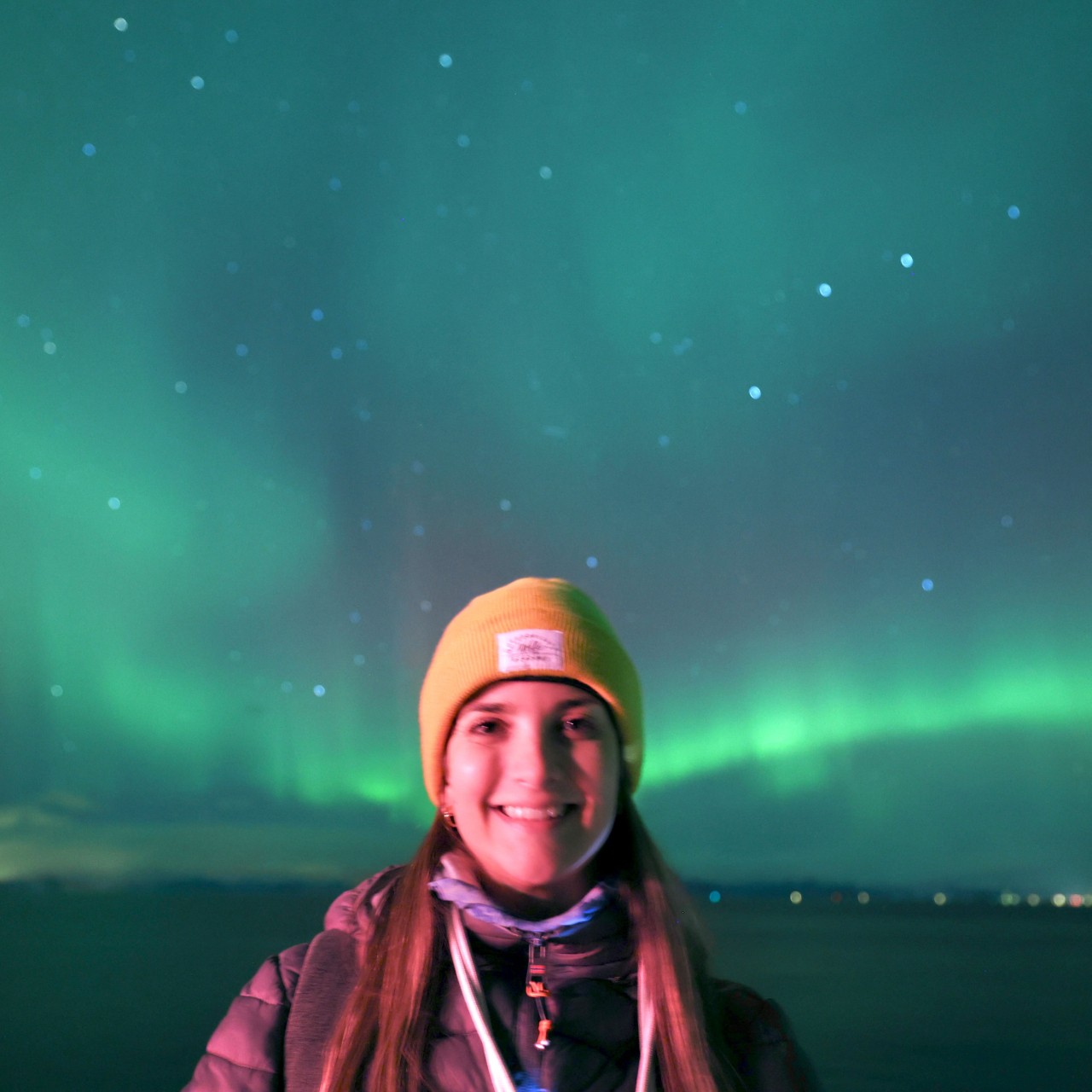
Daisy Dobrijevic joined Space.com in February 2022 having previously worked for our sister publication All About Space magazine as a staff writer. Before joining us, Daisy completed an editorial internship with the BBC Sky at Night Magazine and worked at the National Space Centre in Leicester, U.K., where she enjoyed communicating space science to the public. In 2021, Daisy completed a PhD in plant physiology and also holds a Master's in Environmental Science, she is currently based in Nottingham, U.K. Daisy is passionate about all things space, with a penchant for solar activity and space weather. She has a strong interest in astrotourism and loves nothing more than a good northern lights chase!
You must confirm your public display name before commenting
Please logout and then login again, you will then be prompted to enter your display name.
